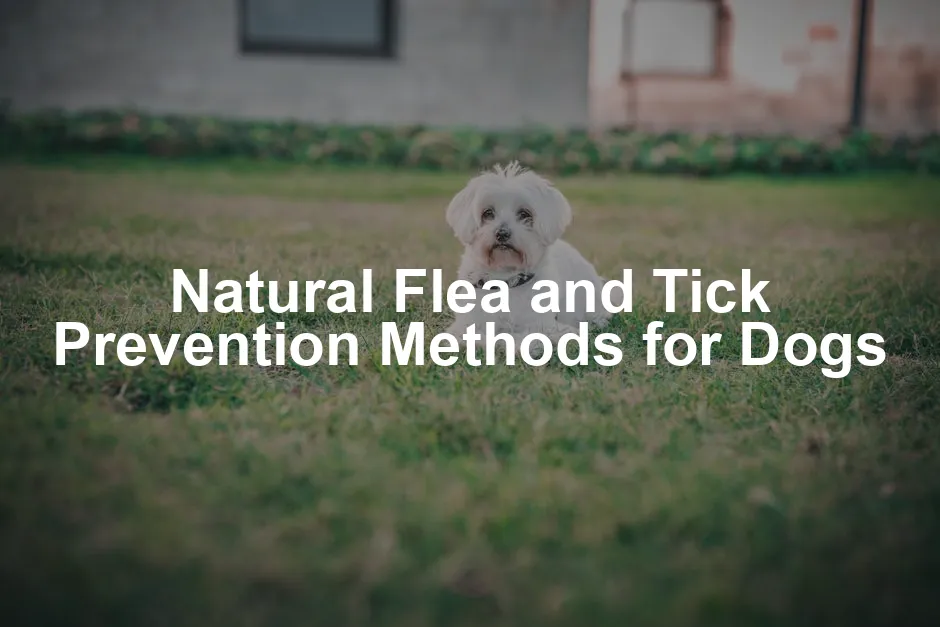Introduction
Fleas and ticks: the uninvited guests that crash the party for our beloved dogs. They bring discomfort, incessant scratching, and can even lead to health issues. For many pet owners, these pesky parasites are more than just a nuisance; they pose significant health risks to both pets and humans. Fleas can transmit diseases like tapeworms and cause allergic reactions, while ticks can carry Lyme disease and other harmful infections.
In today’s world, many pet owners are increasingly wary of chemical treatments. The thought of dousing their furry friends in toxic substances is a hard pill to swallow. Instead, there’s a growing yearning for natural alternatives that are just as effective without the scary side effects. This article aims to uncover some effective natural flea and tick prevention methods for dogs, empowering you to keep your pooch safe and healthy while keeping those pesky parasites at bay.
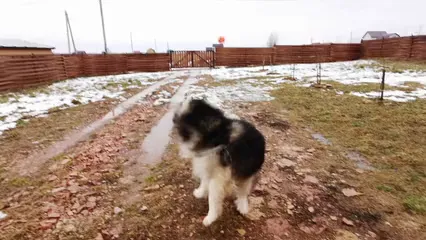
Understanding Fleas and Ticks
The Life Cycle of Fleas and Ticks
Fleas and ticks have life cycles that can quickly spiral out of control. Fleas begin their journey as eggs, which hatch into larvae, and then pupate before emerging as adults. A flea can lay up to 50 eggs daily, and in just three weeks, a few fleas can turn into a full-blown infestation. Meanwhile, ticks have a similar story, thriving in warm, humid conditions like tall grass and wooded areas. They wait patiently on blades of grass, ready to hitch a ride on your unsuspecting pup.
Both fleas and ticks favor environments that provide shelter and moisture. So, if you’re wondering why your dog seems to be attracting them, consider the grassy spots and shady areas they frequent.
Health Risks Associated with Fleas and Ticks
Fleas and ticks are not just annoying; they carry a range of diseases that could impact the health of your dog and even your family. Fleas can cause tapeworm infections when ingested and lead to flea allergy dermatitis, which makes your dog itchy and uncomfortable. On the other hand, ticks are notorious for transmitting Lyme disease, anaplasmosis, and Rocky Mountain spotted fever.
The risks are real, and prevention is essential. Regularly checking your dog for fleas and ticks, especially after outdoor activities, is a vital practice. This not only protects your furry friend but also the humans in the household from potential zoonotic diseases. With awareness and proactive measures, you can create a safer environment for both pets and people.
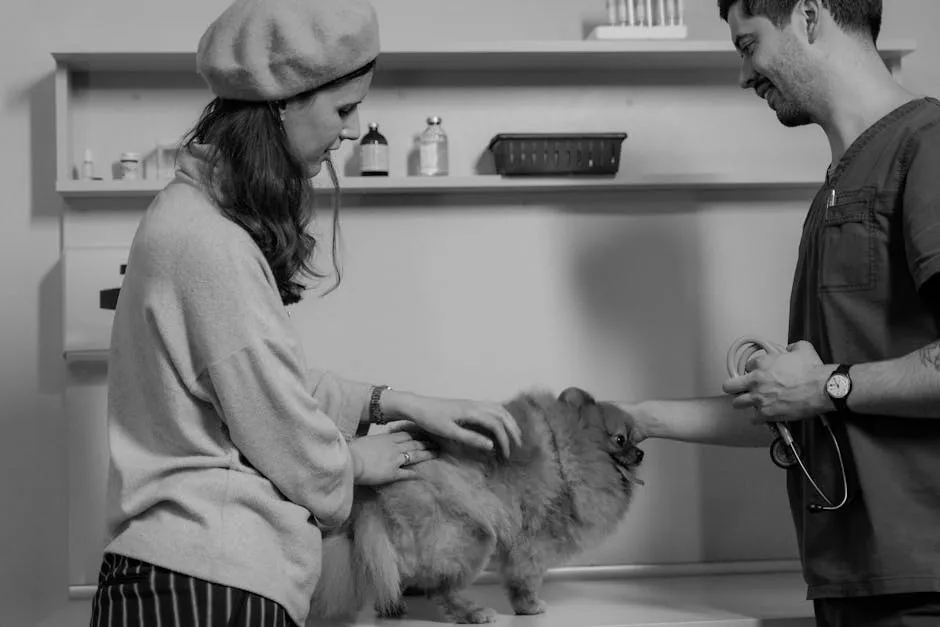
Natural Prevention Methods
Yard Maintenance
Creating a Dog-Friendly Yard
Creating a safe haven for your furry friend starts right in your yard. Regular mowing is your first line of defense. Keep that grass trimmed to about three inches. Tall grass is a flea and tick paradise, and you don’t want your pup frolicking in that paradise!
Now, let’s talk about debris. Fleas and ticks love to hide in piles of leaves, branches, and other garden clutter. So, make it a habit to clear out any debris regularly. Think of it as spring cleaning, but for your dog’s outdoor playground.
One fantastic tip: apply cedar mulch around your garden. Fleas and ticks have a serious aversion to cedar. Plus, it adds a lovely touch to your landscaping! For an additional layer of protection, consider using Cedarwood Essential Oil to repel those uninvited guests.
To further safeguard your home, create a barrier. This can be as simple as trimming back bushes and shrubs to allow sunlight to penetrate. Fleas and ticks thrive in damp, shady areas, so let that sun shine in!
If you have a fence, inspect it regularly. Make sure there are no gaps or holes where wild animals can sneak in. These critters can bring in fleas and ticks faster than you can say “pest control.”
A well-maintained yard not only protects your dog but also enhances your outdoor space. So, get that lawnmower out and start creating a dog-friendly yard today!
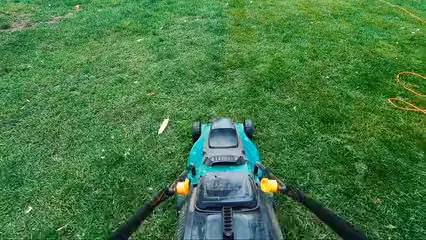
Home Remedies
Inside Your Home
Keeping your home flea and tick-free requires a bit of elbow grease. Regular cleaning is vital. Make it a routine to wash your pet’s bedding in hot, soapy water at least once a week. Fleas love to hide in those cozy blankets!
Vacuuming is your best friend, too. Don’t just vacuum the floors; include carpets, furniture, and that one spot on the couch where your dog loves to nap. Empty the vacuum bag or canister immediately after cleaning to avoid any hitchhikers!
Have you heard of DIY traps? They can be a game changer. Simply fill a shallow pan with soapy water and place it in a flea-infested area. Shine a lamp over it, and watch those pesky fleas jump in, unable to escape. It’s like a flea party but one they won’t enjoy!
Another effective method is diatomaceous earth. This magical powder is a safe and natural way to tackle fleas. Sprinkle it in areas where your dog hangs out. Just be cautious when applying it to prevent inhalation. And remember, it’s best to keep your pets away from treated areas for a bit. You can find Diatomaceous Earth Food Grade here.
By staying on top of your cleaning game and utilizing DIY methods, you can create a comfortable, flea-free haven for your dog to enjoy.

Essential Oils
Safe Use of Essential Oils
Essential oils are like nature’s little superheroes against fleas and ticks. Some of the best ones include lavender, cedarwood, and lemongrass. These oils not only smell divine but also act as natural repellents! You can find Lemongrass Essential Oil to add to your collection.
Before lathering your dog in essential oils, remember: dilution is key. Mix about three to six drops of essential oil with an ounce of carrier oil like almond or grapeseed oil. This ensures your furry friend stays safe while reaping the benefits.
Consulting with your veterinarian is a must before using any essential oils. Each dog is unique, and what works wonders for one might cause a bit of irritation for another.
For a simple application, add a few drops of lavender oil to your dog’s shampoo. Not only will they smell fantastic, but they’ll also be less appealing to those pesky parasites. Try using Nootie Oatmeal Dog Shampoo for a soothing wash.
If you’re feeling adventurous, create a natural flea and tick spray. Combine water with a few drops of cedarwood and lemongrass oil in a spray bottle. Shake it up and mist your dog’s fur (avoiding the face and eyes) before outdoor adventures.
Using essential oils can be a delightful and effective way to keep fleas and ticks at bay. Just remember to use them wisely, and you and your dog can enjoy a pest-free life together!

Diet and Supplements
Nutritional Strategies
Did you know that what you feed your dog can influence their ability to fight off fleas and ticks? A healthy diet is crucial for boosting your pup’s immunity. Think of it as giving them superhero powers against pesky parasites!
Garlic is a popular natural repellent for fleas and ticks. When fed in moderation, garlic’s sulfur compounds can make your dog less appealing to these uninvited guests. Just remember, moderation is key! A little goes a long way. For instance, small dogs can handle about 1/6 teaspoon of garlic, while larger breeds can tolerate up to 1 teaspoon. Just don’t let your dog mistake garlic for a snack buffet!
Apple cider vinegar (ACV) is another magical ingredient. You can add a splash to your dog’s water bowl or mix it into their meals. ACV creates an acidic environment that fleas and ticks find unwelcoming. It’s like a “no pests allowed” sign for your furry friend! You can find Apple Cider Vinegar here.
B vitamins also play a vital role in keeping your dog healthy. They help maintain a shiny coat and can even alter the scent of your dog’s skin, making them less attractive to fleas. Foods rich in B vitamins, such as fish, eggs, and organ meats, can give your dog that extra edge in the battle against these bothersome pests.
So remember, a balanced diet that includes garlic, apple cider vinegar, and B vitamins can go a long way in flea and tick prevention. With these nutritional strategies, you can keep your dog healthy and happy, while also making them less appealing to those pesky parasites.
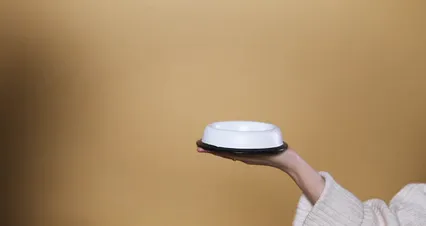
DIY Flea and Tick Repellent Recipes
Effective Home Recipes
Creating your own flea and tick repellents can be a fun, crafty endeavor! Here are some simple recipes that can help keep those pesky parasites at bay.
Example Recipe 1: Flea and Tick Repellent Spray
Ingredients:
– 1 cup distilled water
– 2 tablespoons witch hazel
– 10 drops cedarwood essential oil
– 5 drops lavender essential oil
– 5 drops lemongrass essential oil
Instructions:
1. Combine all ingredients in a spray bottle.
2. Shake well before each use.
3. Lightly mist your dog’s coat, avoiding the face and eyes. It’s like a spa day with a purpose!
Example Recipe 2: Natural Flea and Tick Shampoo
Ingredients:
– 8-10 ounces unscented, diluted castile shampoo
– 5 drops cedarwood essential oil
– 3 drops lavender essential oil
– 2 drops lemongrass essential oil
Instructions:
1. Mix all ingredients in a bowl.
2. Apply during bath time, focusing on areas prone to fleas and ticks.
3. Rinse well and watch your dog enjoy a clean, pest-free coat!
Bonus Recipe: Flea and Tick Repellent Collar
Ingredients:
– 1 drop each of cedarwood, lavender, and lemongrass essential oils
– Carrier oil (like almond or grapeseed)
Instructions:
1. Mix oils with the carrier oil.
2. Apply to a fabric collar or bandana.
3. Let it dry before placing it on your dog. Voilà! A fashionable and functional flea-fighting accessory.
These recipes are simple, effective, and can help you protect your furry friend from fleas and ticks without resorting to harsh chemicals. Plus, it’s a great way to bond with your pup while keeping them safe!

Regular Prevention Is Key
Preventing fleas and ticks isn’t a one-time deal; it’s an ongoing commitment! Consistency is vital in keeping your dog protected. Regularly check your pup for fleas and ticks, especially after outdoor escapades.
Make it a ritual! After every walk or play session, give them a good once-over. Look for those sneaky little critters hiding in their fur. Catching them early can save you from a full-blown infestation.
Encourage friends and family to adopt these practices, too. A community effort can make a huge difference. The more proactive we are, the less likely our pets are to suffer from these annoying pests.
With committed prevention methods, you and your furry friend can enjoy many outdoor adventures free from the worry of fleas and ticks. Keeping your dog checked and cared for will not only keep them safe but also ensure they remain the happy and healthy companions you adore.
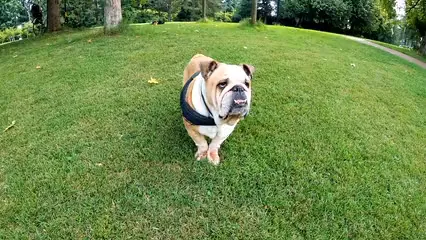
Conclusion
Natural flea and tick prevention methods offer numerous benefits for both dogs and their owners. First, these methods are generally safer than chemical alternatives. They reduce the risk of harmful side effects, which can include skin irritation and gastrointestinal distress. By opting for natural solutions, you’re also promoting a healthier environment. Many natural ingredients are biodegradable and less harmful to wildlife, allowing your dog to play freely without worrying about toxic residues.
Additionally, using natural prevention methods can strengthen the bond between you and your pet. Engaging in regular grooming, yard maintenance, and incorporating dietary changes fosters a nurturing environment. Not only does it keep your dog safe, but it also allows you to understand their needs better.
Being proactive in your pet care is essential for long-term health. Consult with your veterinarian to tailor a plan that suits your dog’s lifestyle. They can help you navigate natural options and ensure your furry friend remains healthy and happy. Remember, a little effort today can lead to a flea and tick-free tomorrow!
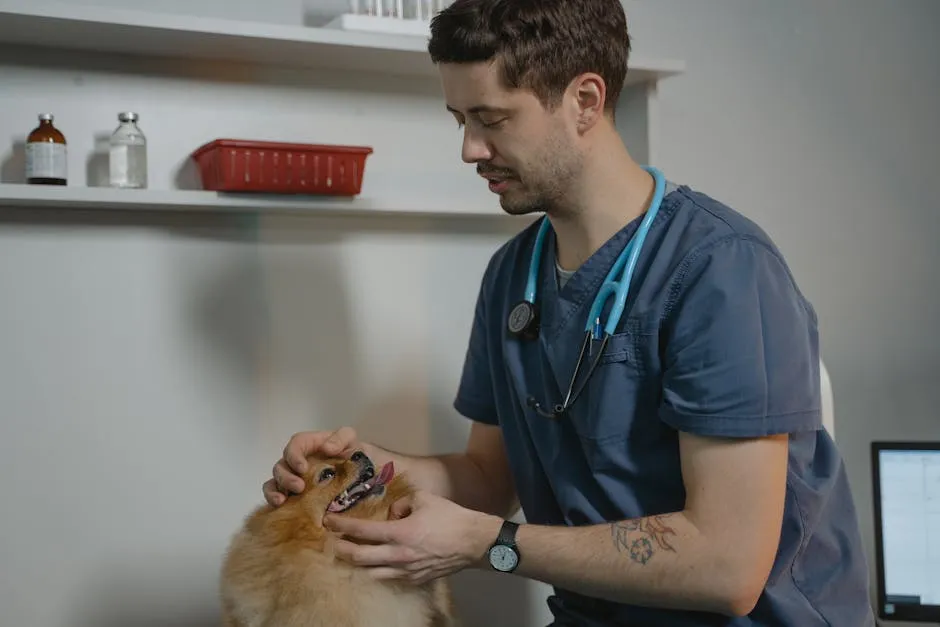
FAQs
What are the most effective natural flea and tick prevention methods?
The most effective methods include regular yard maintenance, such as mowing and using cedar mulch, which deters pests. Home remedies like washing your dog’s bedding frequently, vacuuming, and using diatomaceous earth can help control indoor infestations. Essential oils, when used safely, can also repel fleas and ticks. Additionally, dietary supplements like garlic and apple cider vinegar may enhance your dog’s resistance to these pests.
Are essential oils safe for all dogs?
While essential oils can be effective, they must be used with caution. Always dilute essential oils properly; a 0.5% to 1% dilution is generally recommended. Consulting your veterinarian before using any essential oils is crucial. This ensures safety, as some dogs may have sensitivities or allergies to specific oils.
How often should I check my dog for fleas and ticks?
It’s best to check your dog at least once a week, especially during peak flea and tick seasons. If your dog frequently plays in tall grass or wooded areas, increase checks after outdoor activities. Look for signs like excessive scratching or biting at their fur, as these may indicate an infestation.
Can I use home remedies in place of vet-recommended treatments?
While home remedies can be beneficial as supplementary measures, they should not replace veterinary advice. Natural remedies may help prevent infestations, but they might not be effective enough if your dog is already infested. Consult your veterinarian for the best approach tailored to your dog’s specific needs, balancing natural options with recommended treatments when necessary.
What should I do if my dog already has fleas or ticks?
Uh-oh! If you’ve discovered that your furry friend is playing host to fleas or ticks, don’t panic! Here’s what you need to do.
1. Assess the Situation
First, take a deep breath. Then, carefully examine your dog. Check their fur, especially around the neck, ears, and belly. Use a fine-toothed flea comb to help spot those pesky critters. If you see fleas, they’re likely to jump around like they’re on a trampoline. Ticks, however, might be firmly attached, so don’t be shy about giving your dog a thorough inspection.
2. Remove Ticks Safely
If you find a tick, it’s crucial to remove it properly. Use fine-tipped tweezers or a tick removal tool. Grasp the tick as close to your dog’s skin as possible and pull upward with steady pressure. Avoid twisting or jerking, as that could leave parts of the tick behind. After removal, clean the area with soap and water, then apply an antiseptic.
3. Treat for Fleas
For fleas, start by giving your dog a bath. Use a flea shampoo designed to kill adult fleas on contact. Lather up your pup, paying attention to the neck and tail, then rinse thoroughly. Make sure to keep the water out of their eyes! After the bath, dry your dog with a towel and consider using a flea comb again to catch any stragglers. A great option is Vet’s Best Flea and Tick Home Spray.
4. Vacuum and Clean
You’ve tackled your dog, but what about your home? Time to go into cleaning mode! Vacuum carpets, rugs, and furniture. Don’t forget to dispose of the vacuum bag or empty the canister immediately to prevent any escapees. Washing your dog’s bedding in hot water is also vital to eliminate any lingering fleas or eggs.
5. Consult Your Veterinarian
If the infestation seems severe or if your dog shows signs of illness—like excessive scratching or lethargy—contact your veterinarian. They can recommend an appropriate treatment plan, which may include oral medications or topical treatments that can help eliminate fleas and ticks effectively.
Taking swift action can make all the difference! By following these steps, you can help your dog feel comfortable again and prevent future infestations. Remember, prevention is always easier than dealing with an infestation, so keep an eye on your pup and maintain those natural flea and tick prevention methods!
Please let us know what you think about our content by leaving a comment down below!
Thank you for reading till here 🙂
All images from Pexels

